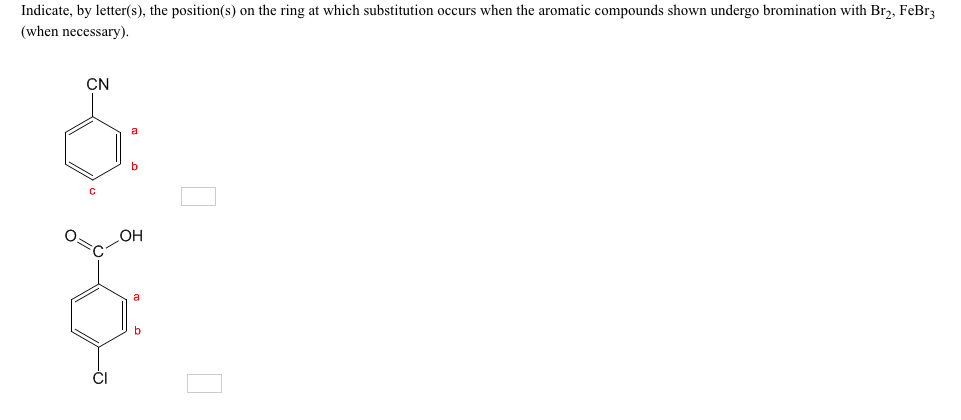

- #STOPPING CHEMDOODLE FROM AUTO ADDING HYDROGENS CODE#
- #STOPPING CHEMDOODLE FROM AUTO ADDING HYDROGENS FREE#
#STOPPING CHEMDOODLE FROM AUTO ADDING HYDROGENS FREE#
Since I took the trouble of writing him back, it occurred to me that I had free blog material. Noel O.) wrote me asking if I had any computational exercises I'd be willing to share. That will change with epub3 and, when combined with ChemDoodle Web Components, should allow us to make interactive chemistry textbooks that can be read on most devices.

#STOPPING CHEMDOODLE FROM AUTO ADDING HYDROGENS CODE#
But I think ChemDoodle Web Components holds tremendous promise for interactive chemistry textbooks when combined with another new innovation on the horizon: EPUB3.Įpub is basically code that makes XHTML look nice when viewed in an epub reader (such as iBooks), but the current version does not allow for things like javascript, needed for interactivity. It is the Molecules app that is used in the interactive text book from Inkling that I wrote about earlier (thanks again to Henry Rzepa for the info). You can get access to it now by downloading Google Chrome (BETA). The 3D version of ChemDoodle Web Components requires something called WebGL, which is not available in standard browsers yet, but should be soon. Chemdoodle Web Components should work on most browsers and most operating systems, and a fully 3D version is also available. The Molecules app looks a bit more three dimensional, but works only on the iPad. I know of just two options for interactive models for the iPad: the Molecules app by Brad Larson and ChemDoodle Web Components ( TwirlyMol does not appear to be interactive on the iPad).

This decision by Apple basically means back to square one for interactive chemistry when it comes to the iPad. Readers of this blog will know that I am quite fond of Jmol for interactive molecular models, but Jmol is written in Java, which is not supported by the iOS operating system that iPads, iPhones, and iPods use - and perhaps it never will be. It is made with ChemDoodle Web Components ( a modified version of this page), an open source javascript based toolkit for chemistry, made by Kevin Theisen and co-workers at his company iChemLabs. I have bought an iPad! In honor of this purchase I bring to you this blog's first interactive figure that also works on the iPad (and most other mobile devices).


 0 kommentar(er)
0 kommentar(er)
